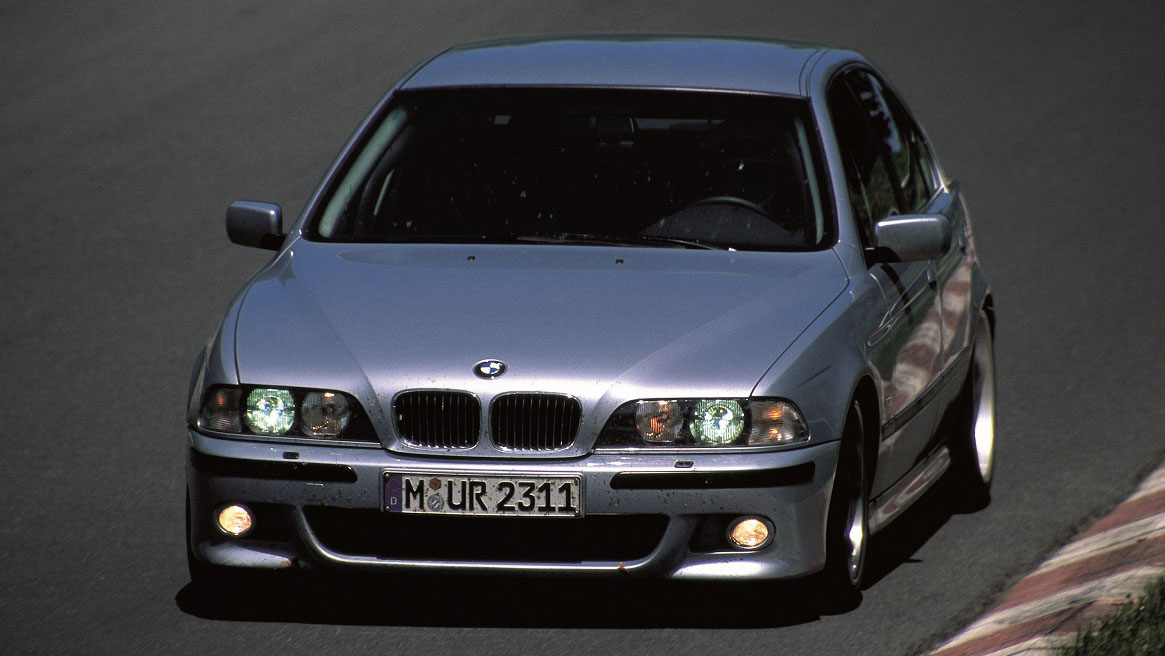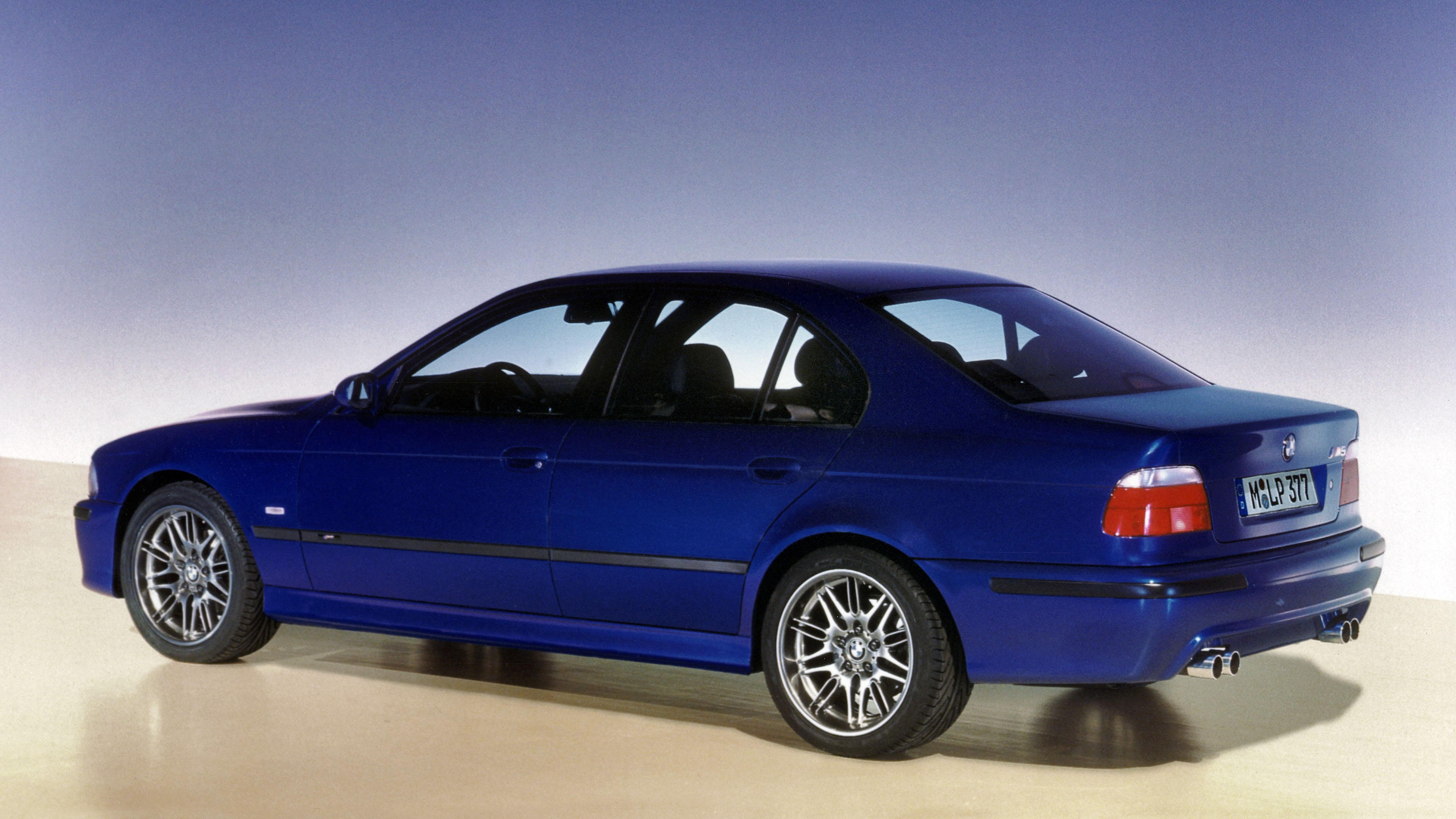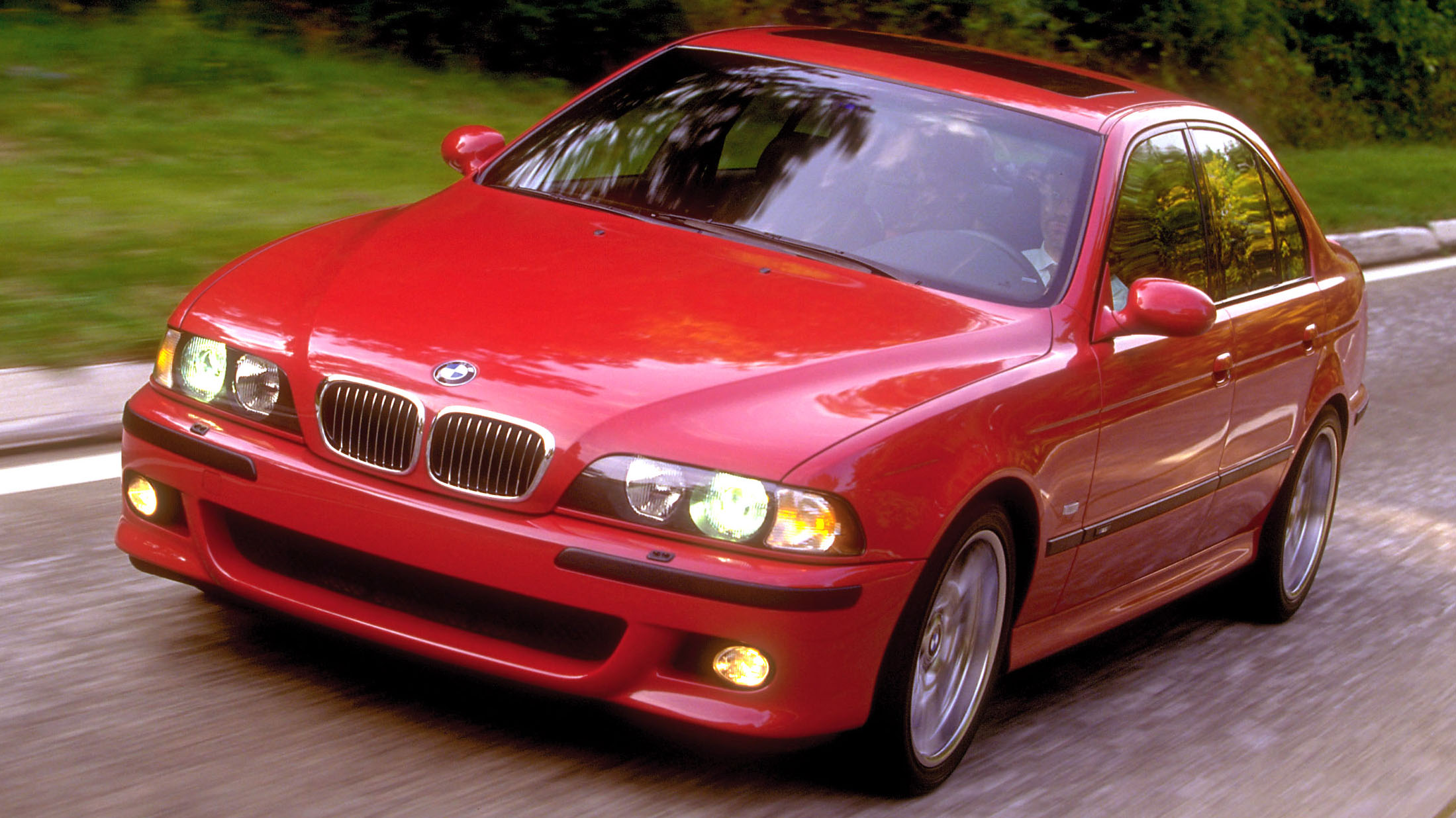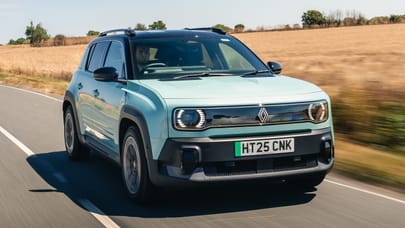
BMW USA: the E39 M5 nearly had a turbocharged straight-six instead of a V8
More tales from BMW’s crypt: how the Best M5 Of All Time got an eight-pot
More fascinating tales from BMW North America’s crypt, and this one’s a (literal) biggie. Development of the E39-generation M5 kicked off in earnest in 1993, and faced with outfitting its new super-saloon with a turbocharged straight-six or V8, BMW was strongly considering bolting in the former.
But BMW was also strongly considering the very future of the M division. The “mechanically complex” 3.8-litre six-pot heart of the E34 M5 meant that car found just 1,476 homes in the USA. Just 13 per cent of global production run.
The E30 M3 – kneel before thine mighty arches! – struggled too, and BMW North America not only rejected the “expensive and too high-maintenance” E36 M3, but considered canning M cars altogether.
This, plainly, was an issue. BMW M needed the US onside. When a simpler, slightly-less technical and more affordable E36 M3 arrived Stateside and sold more than expected, discussions about the E39’s powerplant were increasingly viewed through the lens of what US customers liked.
Karlheinz Kalbfell, then BMW M boss, continued to campaign for the six-pot, believing it to be “the heart and soul of BMW”. They even mooted a V6 – “which would have been a total outlier within the BMW engine universe”.
That would have cost too much money, and by this point BMW had ‘wasted’ years figuring out how to make it work. So it went for the V8. And because BMW didn’t have a racing V8 already in action, it took the M62 that saw service in the 530i, 540i, and 740i.
In doing so, M had to give up one of its most cherished values: mad revs. “M’s philosophy at the time was high-revving engines, which we couldn’t achieve with the V8 concept we had,” said Alex Hildebrandt, who at the time was the E39 M5’s project leader and head of product management.
The rev limiter was still raised from 5,700rpm in the cooking cars, to 6,600rpm in the M5, while the displacement jumped from 4.4 to 5.0-litres. It of course got individual throttle bodies, and a few “maintenance-reducing” internal tweaks that’d appeal to US buyers.
The result was a cool 400bhp and 368lb ft of torque, helped along to the rear axle via a six-speed manual gearbox and limited slip diff. Elsewhere, you know the story: stiffer springs and dampers, stronger componentry and bigger brakes versus a 540i. A supremely sensible aero-honed body. Gorgeous wheels. And a wide suite of additional extras – like sat nav and leather and Xenons – thrown in for free. Well, not free, but $69,700.
“It hadn’t been deliberately designed for the US,” said BMW, “indeed its ‘American’ V8 had come about organically, as the answer to a technical problem rather than marketing concern, but the E39 M5 seemed tailor-made for the US market.”
Top Gear
Newsletter
Thank you for subscribing to our newsletter. Look out for your regular round-up of news, reviews and offers in your inbox.
Get all the latest news, reviews and exclusives, direct to your inbox.
When production of the E39 M5 stopped in June 2003, the US had bought 9,198 cars – just under half of the 20,482 E39 M5s built in total. It helped, of course, that the base E39 was such a wonderful, wonderful car.
“Along with the E36 M3, the E39 M5 turned the US into the world’s largest market for M cars worldwide, helping to ensure the M brand’s future within BMW. Moreover, the V8 engine helped catapult the E39 M5 into a higher echelon of performance,” said BMW.
And to think, it very nearly had a turbocharged straight-six…
Trending this week
- Car Review
BMW iX3










